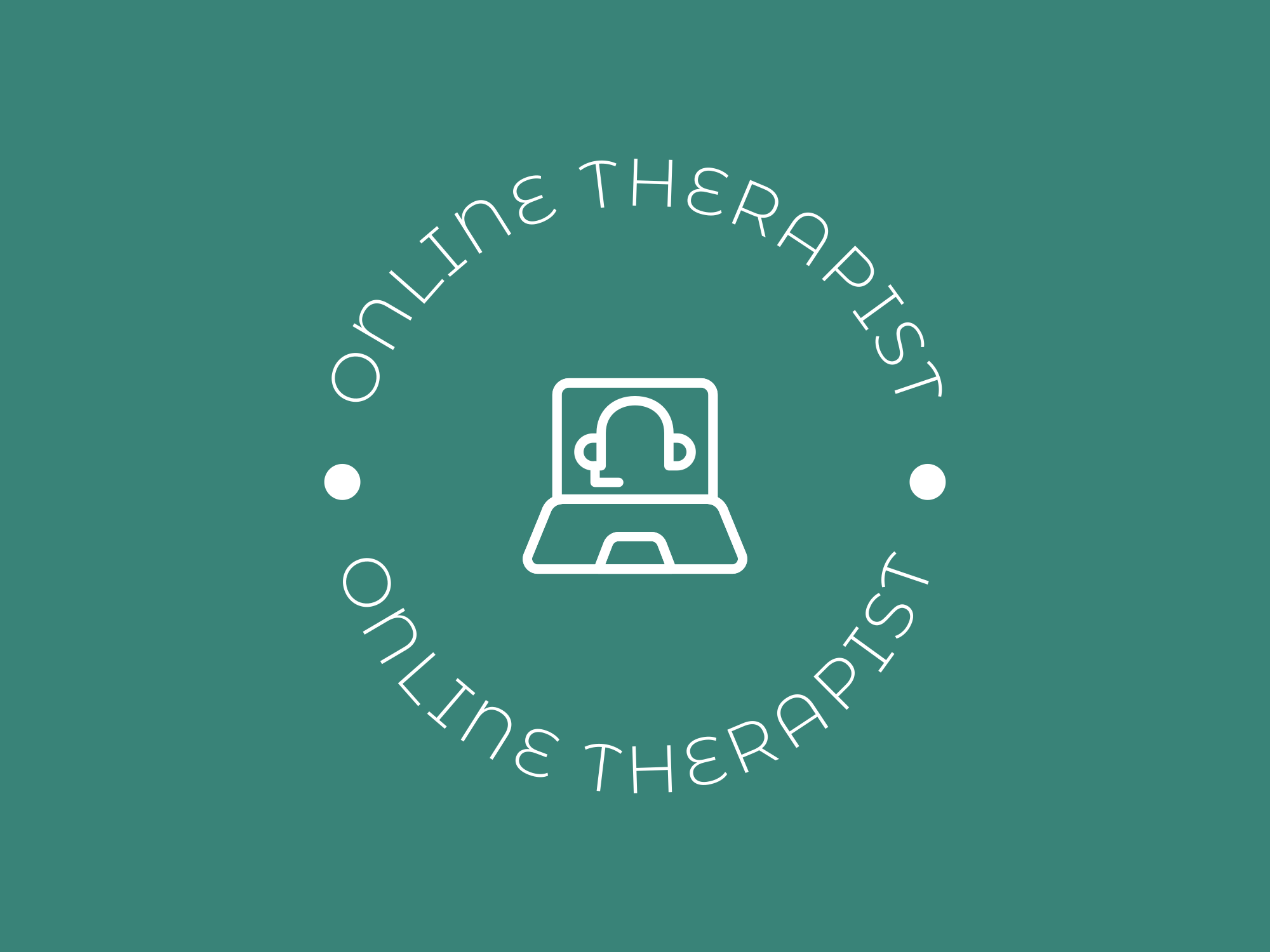How do you know if you have social anxiety disorder?
A. A marked and persistent fear of one or more social or performance situations in which the person is exposed to unfamiliar people or to possible scrutiny by others. The individual fears that he or she will act in a way (or show anxiety symptoms) that will be humiliating or embarrassing.
B. Exposure to the feared social situation almost invariably provokes anxiety, which may take the form of a situationally bound or situationally predisposed Panic Attack.
C. The person recognizes that the fear is excessive or unreasonable.
D. The feared social or performance situations are avoided or else are endured with intense anxiety or distress.
E. The avoidance, anxious anticipation, or distress in the feared social or performance situation(s) interferes significantly with the person’s normal routine, occupational (academic) functioning, or social activities or relationships, or there is marked distress about having the phobia.
The core feature of social phobia is a “marked and persistent fear of social or performance situations in which embarrassment may occur”. Although anxious feelings are common to most people when they enter novel, unfamiliar, or social-evaluative situations like a job interview, the person with social phobia invariably experiences intense fear or dread, even when anticipating the possibility of exposure to various common social situations.
Embarrassment, humiliation and shame
The anxiety stems from a fear of scrutiny and negative evaluation from others that will lead to feelings of embarrassment, humiliation, and shame.
The perceived cause of the embarrassment usually centers on some aspect of self-presentation such as exhibiting a symptom(s) of anxiety, speaking awkwardly, making a mistake, or acting in some other humiliating manner.
As a result the person with social anxiety disorder tends to be highly self-conscious and self-critical in the feared social situation, often exhibiting involuntary inhibitory behaviors such as appearing stiff and rigid or being verbally inarticulate, which results in detrimental social performance and the unwanted attention of others
What are 5 symptoms of social anxiety disorder?
According to the DSM-V, the Diagnostic Criteria for Social Anxiety are as follows:
A. A marked and persistent fear of one or more social or performance situations in which the person is exposed to unfamiliar people or to possible scrutiny by others. The individual fears that he or she will act in a way (or show anxiety symptoms) that will be humiliating or embarrassing.
B. Exposure to the feared social situation almost invariably provokes anxiety, which may take the form of a situationally bound or situationally predisposed Panic Attack.
C. The person recognizes that the fear is excessive or unreasonable.
D. The feared social or performance situations are avoided or else are endured with intense anxiety or distress.
E. The avoidance, anxious anticipation, or distress in the feared social or performance situation(s) interferes significantly with the person’s normal routine, occupational (academic) functioning, or social activities or relationships, or there is marked distress about having the phobia.
Do I have social anxiety or am I just shy?
There is considerable confusion about the relationship between shyness and social phobia, with some emphasizing their common characteristics of high social anxiety and fear of negative evaluation by others, whereas others note there are important quantitative differences so that the two should not be considered synonymous.
Shyness is a normal personality trait that involves some degree of nervousness, inhibition, and self-consciousness in social interaction.
Social phobia is undoubtedly a more severe condition than shyness, with severe and pervasive avoidance of social situations being one of the most important distinctions. Although the differences are more quantitative than qualitative in nature social phobia should not be considered an extreme form of shyness.
| Shyness | Social phobia |
| •• Normal personality trait | •• Psychiatric disorder |
| •• Primarily social inhibition and reticence | •• Presence of marked anxiety, even panic, in social evaluative situations |
| •• Can socially engage when necessary | •• More likely to exhibit poor social performance |
| •• Less likely to avoid social situations | •• Avoidance of social situations more frequent and pervasive |
| •• Highly prevalent in population | •• Lower prevalence rate |
| •• More transitory course for many individuals | •• Longer duration, more chronic, and unremitting |
| •• Earlier onset perhaps in preschool years | •• Later onset in early to midadolescence |
| •• Less impairment in daily living | •• Greater social and occupational impairment |
What triggers social anxiety?
Negative Evaluation
Fear of negative evaluation by others is a core feature of social phobia that is not only recognized in cognitive models of the disorder, but it is the basis of the marked and persistent fear in social evaluative situations described in DSM-V Criterion A.
Individuals with social phobia may hold excessively high standards of social performance, wanting to make a particular impression on others but doubting their ability to actually make a positive impression. They also believe they draw the attention of others in social situations and live-in fear that in this social evaluative context they will embarrass or humiliate themselves by acting or appearing foolish, less intelligent, or visibly anxious.
However, individuals with social phobia may fear any social evaluation, either positive or negative, that involves feelings of conspicuousness or self-consciousness. Moreover, the negative evaluation feared by those with social phobia is not simply some mildly negative impression on others but a much more extreme experience of dreaded humiliation or shame. Shame is a painful affect in which personal attributes, characteristics, or behavior are perceived as causing a loss of social standing or attractiveness to others, or even worse, their outright criticism or rejection.
Social Situations
The majority of individuals with social phobia experience marked anxiety in a variety of social situations. The anxiety-provoking situations in social phobia have been categorized as those dealing with social interaction versus those concerned with performance. Table below presents a list of interpersonal and performance situations that are rated for level of fear and avoidance when assessing social phobia.
| INTERPERSONAL SITUATIONS | PUBLIC PERFORMANCE SITUATIONS |
| Start a date or commitment with someone | Make a toast or a speech |
| Being introduced to an unknown person | speak at meetings |
| Go to a party or social gathering | Play sports in front of an audience |
| have dinner with a friend | Participate in the party of a wedding or public ceremony |
| Start a conversation | Sing/perform before an audience |
| Talking on the phone with an acquaintance | Eating/drinking in a public setting |
| Talking on the phone with an unknown person | Use public toilets |
| Express our personal opinion to others | write in front of others |
| Have a job interview | Making a mistake in public (eg, mispronouncing a word) |
| Be assertive with others | Running/walking in a crowded public place |
| Return a purchased item | Introduce yourself to others |
| Express dissatisfaction with restaurant food | Shopping in a busy store |
| Talk to authority figures | Walking past a large group of people (eg, walking past a church exit, theater) |









